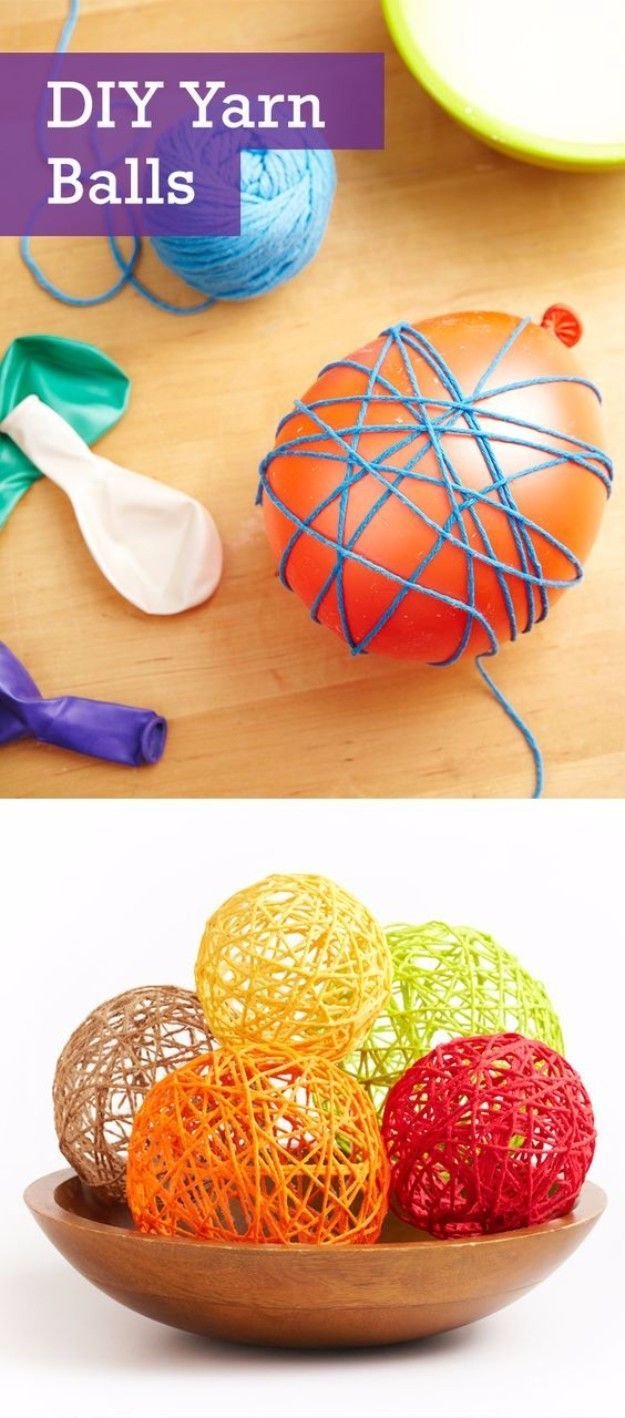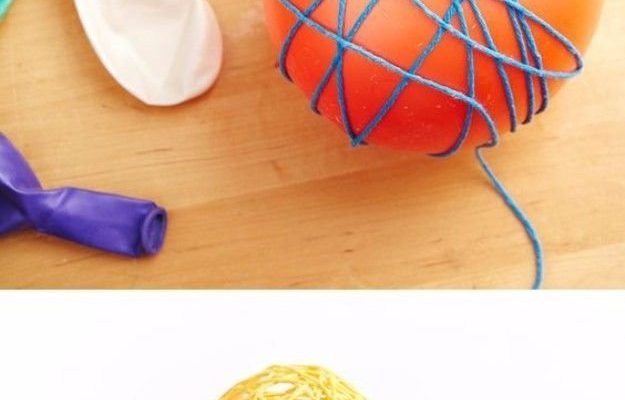
The beauty of this project is that it combines art and science in a fun, hands-on way. You might even think of it as crafting your own miniature fairy tale world. With just a few materials and a sprinkle of imagination, you can create a captivating display that shows how glow worms thrive in their natural habitats. Plus, it’s an excellent conversation starter, whether you place it on your desk, a shelf, or a school project.
So, if you’re ready to dive into the world of glow worms and design an enchanting trapdoor habitat display, let’s explore the steps together!
Gathering Your Materials
Before you get started, it’s essential to gather everything you’ll need for your glow worm trapdoor habitat display. Here’s a simple list of materials:
- Small glass container or terrarium
- Soil (preferably organic and nutrient-rich)
- Small rocks or pebbles for drainage
- Decorative elements (like moss, twigs, or miniature houses)
- Glow worms or glow worm larvae (available online or at specialty stores)
- Water for maintaining humidity
With these items on hand, you’re all set to create your enchanting space. Think of this like assembling a puzzle—the more thoughtful you are about each piece, the better your final masterpiece will be. Choosing the right container is crucial, too. A clear glass terrarium lets you see all the beautiful layers, almost like looking into a magical world.
Building the Base Layer
The first step in creating your glow worm habitat is to build its foundation. Start by adding a layer of small rocks or pebbles at the bottom of your container. This layer serves an essential purpose: it allows excess water to drain away, preventing the soil from becoming waterlogged.
Next, add a healthy amount of soil on top of the rocks. The soil should be deep enough to support the glow worms and any plants or decorative elements you want to include. You might be wondering about the kind of soil to use—opt for organic and nutrient-rich soil to provide a healthy environment for your glow worms. Honestly, choosing quality soil is like giving your tiny inhabitants a comfortable home.
Once the soil is in place, shape it gently to create small hills and valleys. This not only adds texture but also channels water appropriately, mimicking the natural landscape where glow worms thrive.
Creating a Trapdoor Effect
Now it’s time to add the magic element—your trapdoor! This is where your creativity can really shine. The trapdoor can be made using a small piece of cardboard or a lid from a container. To construct it, cut the cardboard into a small rectangle that fits the opening of your habitat.
You can then paint it in earthy tones to blend in with the surroundings. Attach it to the side of the container with a small hinge or simply let it rest on the opening—either way, it adds an interactive element. The trapdoor can symbolize the entrance to another world where glow worms emerge at night to feast on insects.
Don’t forget to leave some space for light to enter your habitat! After all, glow worms are nocturnal, but they still need some light during the day.
Decorating Your Habitat
With the base and trapdoor set up, it’s time for some decoration! This is where you can unleash your inner artist. Use moss, small twigs, and miniature houses to create a charming landscape. These elements not only beautify your habitat but also provide hiding spots for glow worms.
Think of it like landscaping your backyard: you want it to be inviting and functional. Scatter some twigs or bark to mimic fallen trees in the forest. You could even create a little glow worm neighborhood with tiny houses made from clay or other materials. This makes the habitat more engaging and gives your glow worms a place to explore.
Be sure to keep the balance between aesthetics and functionality. Avoid overcrowding the space; the glow worms need room to move and thrive.
Introducing Your Glow Worms
Once your habitat is beautifully decorated, it’s time to introduce the stars of the show: the glow worms! If you’ve purchased glow worms or larvae, handle them gently and place them in the habitat carefully. It’s essential to give them some time to adjust to their new surroundings.
You might be curious about how many to add. It depends on the size of your container, but generally, a handful should be sufficient. Remember, more isn’t always better; you want to create a balanced environment. Overcrowding could lead to stress for your glow worms, which is the last thing you want.
As you introduce them to their new home, watch how they interact with their environment. It’s fascinating to see how they navigate through the moss and explore the nooks and crannies you’ve created.
Maintaining Your Glow Worm Habitat
Maintaining your glow worm trapdoor habitat is vital for keeping your little friends happy and healthy. Start by checking the humidity levels regularly. Glow worms thrive in moist environments, so mist the soil lightly with water as needed.
Also, make sure to feed your glow worms appropriately. Depending on the species, glow worms can eat small insects or their larvae. Research what your glow worms eat and provide them with the right food. This is crucial—think of it as feeding your pets; a healthy diet leads to a happy life.
Lastly, keep an eye on the cleanliness of your habitat. Remove any dead leaves or debris that could affect the health of your glow worms. A tidy habitat not only looks good but also helps maintain the ecosystem within your glass world.
Why This Matters: The Importance of Glow Worms
Creating a glow worm trapdoor habitat display isn’t just a fun project; it’s a way to connect with nature and learn about these fascinating creatures. Glow worms are often indicators of a healthy ecosystem, as they thrive in clean, unpolluted environments. By building this habitat, you’re taking part in a small yet meaningful effort towards conservation and education.
Additionally, observing glow worms can spark curiosity and inspire future generations to appreciate our planet. You might find kids or friends fascinated by how these creatures glow in the dark, leading to discussions about biodiversity, habitats, and environmental stewardship.
In a world where many are detached from nature, creating a glow worm habitat can reignite that connection. It’s a beautiful blend of art, science, and responsibility, reminding us of the delicate balance of life.
As you end this creative journey, remember: the glow worm trapdoor habitat display is not just about having a captivating piece of decor; it’s about nurturing a love for nature and understanding the role these tiny creatures play in our ecosystem. So, roll up your sleeves, dive in, and enjoy every moment of this enchanting project!

